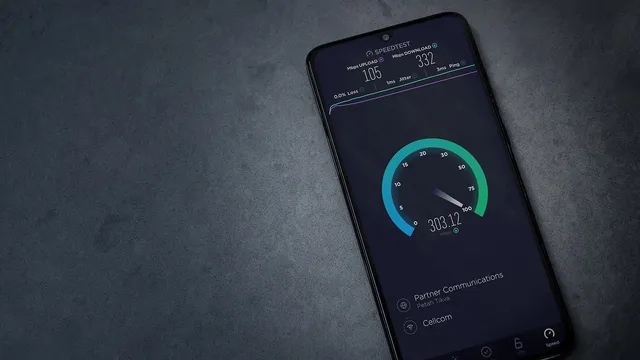
Let’s begin with a real world example:
We had a client experience a fuzzy picture while watching the Chiefs game on YouTube TV so they called their internet service provider (ISP), Google Fiber, to see about upgrading their internet speed. They called us after the upgrade to help them get their home automation system on the new network. What we discovered was that the Apple TV they were using to stream was actually connecting to an access point (creates WiFi) that was further away than the one it was closest to1. This was actually a WiFi signal strenght issue, not an internet speed issue.
Did you know there is a difference between WiFi range and internet speed? It can get a little confusing. More speed is better. Right?
Navigating the Need for 2GB Internet Service
In today’s fast-paced digital landscape, the allure of 2 gigabit per second (2 GB) internet service is undeniable. With major players like Google Fiber, Comcast, and AT&T offering this lightning-fast option, the prospect of doubling your internet speed for just a slight increase in cost is certainly tempting. However, before you make the leap, let’s delve into the marketing-savvy considerations.
1. The Need for Speed:
Picture this: you’re contemplating switching to 2gbps, but do you need it? To fully capitalize on this supercharged service, you’ll need to ensure that your entire network is up to the task. Upgrading to 2 GB might not yield noticeable differences if your current 1 GB option is handling your online activities seamlessly.
2. Assessing Your Current Setup:
Before diving into the 2 GB hype, reflect on your current internet service. If you’re not already on a gigabit plan, you may find that your internet struggles to keep up with the demands of your household’s online activities. Especially if your provider offers asymmetrical speeds (different speeds for uploading and downloading), it might be time to evaluate the efficiency of your existing connection.
3. The Rise of Symmetrical Connections:
The digital landscape has evolved. In the past, a lopsided connection sufficed for downloading files and streaming videos. Today, with the surge in video calls, TikTok, and Instagram uploads, symmetrical connections with equal upload and download speeds are paramount. Faster upload speeds can make a significant difference, especially for remote work or aspiring content creators in your home.
4. Upgrading Your Network:
Consider this – your router and WiFi equipment might be the hidden culprits slowing down your internet experience. Upgrading this equipment to a professionally installed network could provide a more substantial boost than merely opting for a faster connection. If your home is more than 3000 square feet, or you have complex networking needs, the equipment from your internet service provider might be a bottleneck.
5. Realities of Wireless Speeds:
It’s crucial to manage expectations. Despite upgrading to 2 GB, wireless speeds for most devices currently cap at around 500mbps. Even the latest flagship phones won’t grant you a faster wireless connection. Unless you’re running a website or hosting numerous simultaneous Zoom calls, that extra $30 for 2 GB might not be the most economical choice.
“2GB internet service is a little like having a car that can go 400 MPH.”
– Rob Long
6. Tailored Solutions for You:
Before committing to a higher speed tier, consider the unique needs of your household. Your WiFi just may not be reaching your problem areas. More speed, unfortunately, isn’t going to solve this problem. Switching from 1gb to 2gb won’t magically enhance your WiFi range or speed. With 1gb service, you can still cater to multiple 4K movie streams simultaneously, providing a seamless online experience.
In conclusion, our goal at Longwire is to ensure you have the most exceptional home network tailored to your specific needs. Tell us about your needs, and let’s create a personalized solution that guarantees flawless internet coverage throughout your home and yard, complete with cutting-edge remote monitoring and self-healing capabilities. Invest wisely in your digital future.
Written by Geoff Waller
- The client mentioned has been a client for many years. The latest WiFi systems have built in “controllers” that ensure your devices are connected to the nearest WiFi access point. ↩︎
